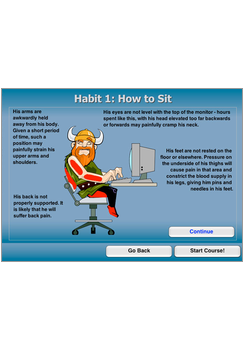

I am not a copywriter, why do I need touch typing? It is designed with consideration of keyboard parameters, comfortable body position, and finger movement. However, their skills, as a rule, are far from ideal: incorrect body positioning, fleeting glances at the keys, and a speed of no more than 52 words per minute. There are many people in the world who have mastered fast typing unknowingly, such as gamers or copywriters. Instinctive touch typing is not as effective as the ten-finger method. For example, using learning as an excuse to finally improve self-discipline. And in general, all the disadvantages can be turned into advantages. If you spend some time, energy, and nerves to learn touch typing, your suffering will pay off. You need to set aside time to practice each day.Īs you can see, there are not so many downsides. Like mastering any other skill, touch typing requires training.

Right Shift - most often right little fingerīackspace (also strictly speaking not a modifier key) - most often right ring finger Right Control - most often right little finger, putting the tip of the finger to the right of Enter
Numrich blind typing fingers position windows#
Right Alt (known as Alt Gr on non-US keyboards), Right Windows key and Windows Menu key - most often right thumb (though particularly for the menu key, this moves my right hand from the home position since those are used relatively rarely, I don't consider that a real problem) Left Windows and Left Alt - varies, but most often left thumb. Left Control - left little thinger, pushing down by the base of the finger (for me, this puts the tip of the finger just to the left of Caps Lock) Tab (not strictly a modifier key) - varies, but most often left index finger As a result, for me the modifier keys are at:Ĭaps Lock and Left Shift - left little finger stretched out to the left What I do, which works well for me, is to keep my hands mostly in the home row position, or near it (I will often rest my hands to the sides of the alphanumeric part of the keyboard). Comfort reduces body stress as well as likely reduces the number of mistakes you make. There is no One True Way, except that typing should be comfortable for you. In the end, all of touch typing boils down to what you find comfortable. Of course, I learned to touch-type properly some ten years ago now and have been using computers for much longer than that, which may influence things a little. I haven't seen any touch-typing tutorials myself that really give much credence to the modifier keys.


 0 kommentar(er)
0 kommentar(er)
